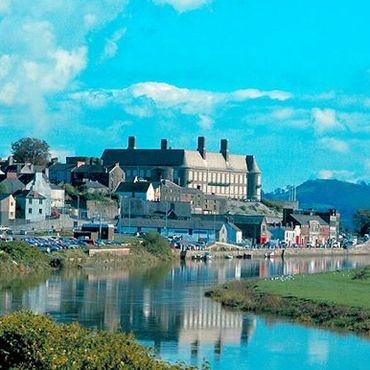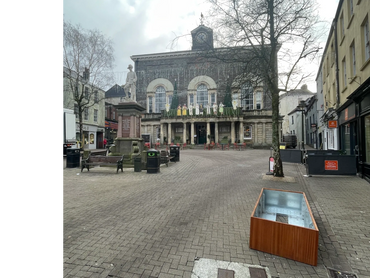Prayer
Thank you for partnering with us in prayer. This year, we are focusing on four main area, one each quarter, believing for God to give us contacts in these places. Join with us in prayer and faith to see new works started in each location.
We continue to pray for God to lead, guide and add to the church in Swansea.
Prayer For Open Doors
Contacts
We pray God would lead us to people who are hungering and thirsting after something more. We know there are people who are seeking after God. Pray we would cross their path and be sensitive to what God wants to do.
There was a certain man in Caesarea called Cornelius...A devout man, and one that feared God with all his house...
Acts 10:1-2
Meeting Place
Pray God would open doors for us to have a place to meet when the time is right in each of these locations. We know there is a God-ordained time and location for each of these towns.
And he lighted upon a certain place...
Genesis 28:11
Wisdom
Pray God would give us wisdom in how to approach each location and the people there. Pray God would reveal to us the key for each of these locations and the methods needed to reach people there.
If any of you lack wisdom, let him ask of God, that giveth to all men liberally...
James 1:5
Carmarthen




Carmarthen
Carmarthen
Carmarthen sits just west of Swansea and is the main town in Carmarthenshire. With a population of around 15,000, it can lay claim to being the oldest town in Wales dating back to Roman times, roughly AD 75. In the ancient tale of King Arthur, Merlin the wizard was said to have been born just outside of Carmarthen which can be translated as "Merlin's Fort".
In 1891, a Pentecostal League of Prayer was established in the town which made Carmarthen ripe for the revival which would come a few years later just 25 miles away. There are several accounts of different ministers in Carmarthen receiving a "baptism" of power in the years leading up to the great 1904 Revival. It did not take long for the revival to hit Carmarthen in 1904. On Christmas Day of that year, many people gathered for most of the day in the churches as they worshipped and prayed together. There were periods of weeks when there were no drunk and disorderly charges brought against anyone as hundreds of people converted and left behind their old lives.
We are believing for God to do a work in this city again. Please pray God would put us in contact with people there; people who are hungry and thirsty for righteousness. We believe a great revival can be ignited once again in this region.
This website uses cookies.
We use cookies to analyze website traffic and optimize your website experience. By accepting our use of cookies, your data will be aggregated with all other user data.